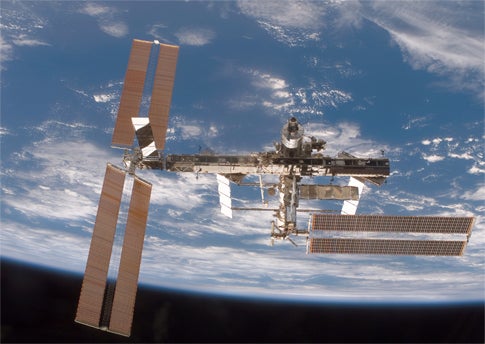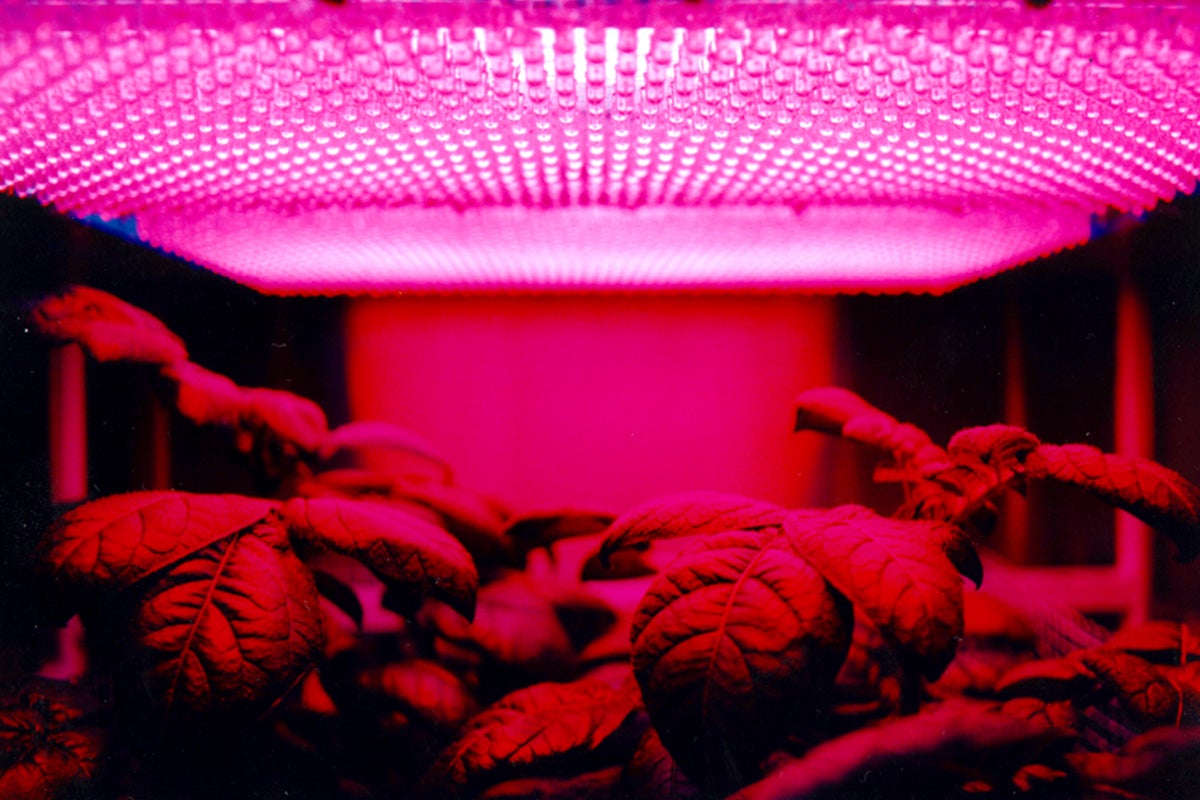Computers in a Russian module of the International Space Station (ISS) have returned to near normal, stable operation, with two of three channels, or “lanes,” of each computer operating. Controllers believe a third channel is functioning well, but it is currently placed in standby.
Russian flight controllers will fire thrusters today to test the computers. If they like what they see, space shuttle Atlantis and the STS-117 crew will undock from the ISS and begin the journey home Tuesday.
The computers crashed June 13 following installation of a 22,000-watt solar array by U.S. astronauts. Engineers have not yet determined the specific cause of the problem.
“As the station gets bigger, this potential will continue to grow,” says Mike Suffredini, NASA’s space station program manager. “The Russians have noted some changes in their systems as we have grown.”
Suffredini suggests ISS’ growing pains aren’t over yet because changes to the station may be altering electromagnetic “noise” inside it. “I think we’re going to find there’s some sensitivity to the noise that is created as we change the space station,” he says.
The Mission Control Center in Moscow restarted all Russian systems except the Elektron oxygen generator, which has power but is not yet operating. The station has more than 50 days of oxygen aboard.
Flight controllers plan to test the Russian thrusters today. They’ll be used to maneuver the station and space shuttle Atlantis to an orientation used for dumping water.
The station uses American gyroscopes as its primary means of maintaining attitude. The Russian navigation computers control thrusters that also can be used for controlling ISS’ orientation in space, as well as adjustments to the height of the station’s orbit. If docked to ISS, a space shuttle’s thrusters provide another way to control the station’s position and orbit.
The computer problem has the European Space Agency (ESA) concerned as well. The same German-built computers that failed in ISS are also used in ESA’s new Automated Transfer Vehicle, slated for launch later in the year. And ESA’s Columbus laboratory module, which uses similar equipment, will be launched and added to the station by early next year, if current schedules hold.
STS-117 arrived at the station June 10, delivering the Starboard 3 and 4 truss segment and solar array. The crew installed the truss June 11 and conducted four spacewalks to activate the S3 and S4 truss and assist in retracting the solar array on the Port 6 truss. During the third spacewalk, the crew repaired a thermal blanket on the shuttle’s left orbital maneuvering system pod that popped out of position during launch.
Atlantis also delivered a new station crew member, Flight Engineer Clayton Anderson. He replaced astronaut Suni Williams, who is the new record holder for a long-duration single spaceflight for a woman. She arrived at the station in December with STS-116.










